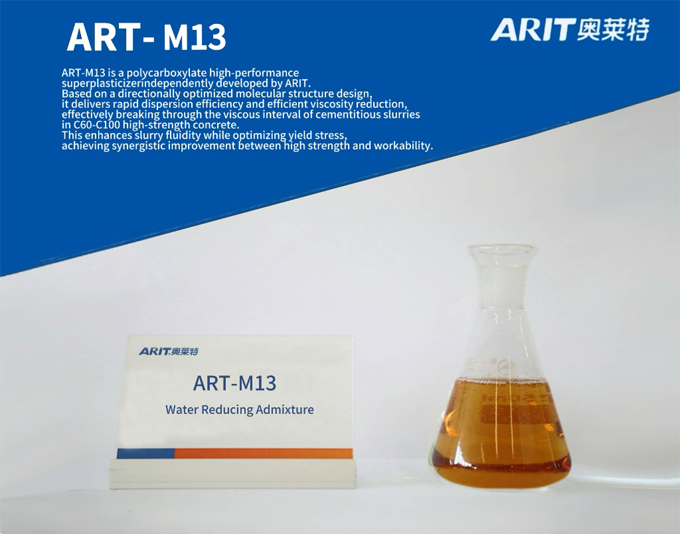Plasticizers: Also known as normal water reducers, they can decrease the water content in a concrete mix by approximately 5–15% without compromising workability. [1]
Superplasticizers: Referred to as high-range water reducers, they offer a more significant water reduction, ranging from 15–30%, while enhancing the fluidity of the concrete mix. [2]
Plasticizers: Typically added at 0.1–0.5% by weight of cement.
Superplasticizers: Used in higher dosages, generally between 0.5–3% by weight of cement, depending on the desired effect and specific product.
Plasticizers: Function by dispersing cement particles, reducing friction, and improving workability with less water.
Superplasticizers: Operate through electrostatic repulsion and steric hindrance, effectively dispersing cement particles to achieve higher fluidity and strength.
Plasticizers: Commonly based on lignosulfonates, which are natural polymers derived from wood processing.
Superplasticizers: Include sulfonated naphthalene formaldehyde condensates, sulfonated melamine formaldehyde condensates, and polycarboxylate ethers (PCEs), offering superior performance. Arit is one of professional polycarboxylate superplasticizer manufacturers, who has achieved Top 5 in Chinese Polycarboxylate Superplasticizer Enterprises for the Year 2024.

Plasticizers: Suitable for general construction projects where moderate water reduction and improved workability are sufficient.
Superplasticizers: Ideal for high-strength concrete, self-compacting concrete, and projects requiring significant water reduction without sacrificing workability.
| Feature | Plasticizer | Superplasticizer |
| Water Reduction | 5–15% | 12–30% or more |
| Dosage (% by cement) | 0.1–0.5% | 0.5–3% |
| Mechanism | Electrostatic dispersion | Electrostatic and steric hindrance |
| Common Compositions | Lignosulfonates | SNF, SMF, PCE |
| Typical Applications | General construction | High-performance and self-compacting concrete |
Selecting between plasticizers and superplasticizers depends on the specific requirements of your concrete project. For standard applications needing moderate water reduction, plasticizers are effective. However, for advanced applications demanding high strength and fluidity, superplasticizers are the preferred choice.
Use plasticizers for general improvements in workability and moderate water reduction; use superplasticizers when you need high-flow concrete, reduced water content, or high strength without increasing cement.
References:
[1] https://www.kimachemical.com/news/differences-between-plasticizer-and-superplasticizer/
[2] https://www.sciencedirect.com/topics/engineering/superplasticizer